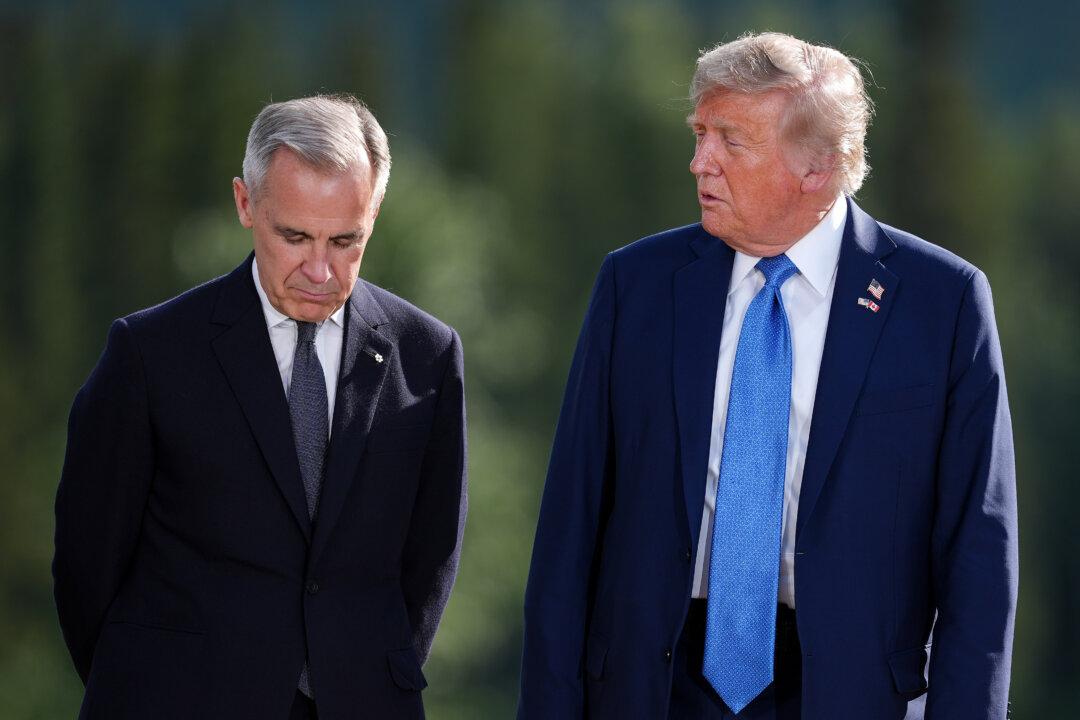Canadians felt “threatened” and “intimidated” by the protests of last winter, and that raised a threat of violence that had to be addressed by invoking the Emergencies Act, Emergency Preparedness Minister Bill Blair told the Public Order Emergency Commission on Nov. 21.
“Just to be very clear, I believe there was more than ample evidence in support that the threat or the use of acts of serious violence—and that ‘or’ is rather important—I think very many people felt threatened,” Blair testified.





